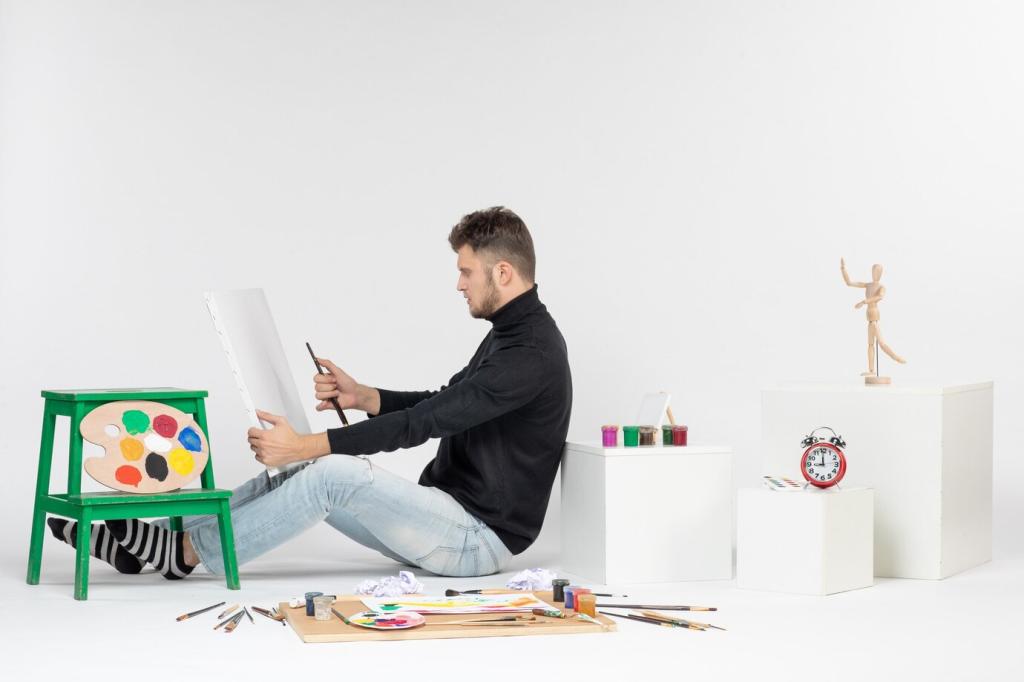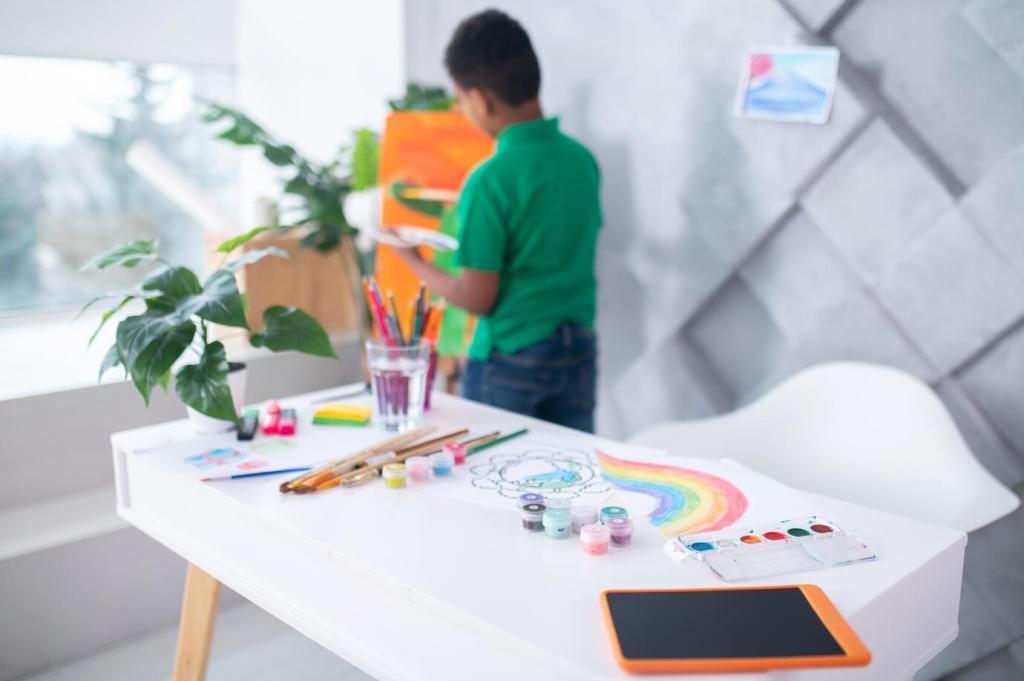The Secret Language of the City’s Skin
Chosen theme: Understanding Urban Textures and Patterns. Step closer to walls, pavements, and facades and discover how the city writes its autobiographies in cracks, seams, stains, and rhythms. Join our community of curious walkers, share observations, and subscribe for weekly prompts that train your eye to read the built world with heart and precision.
Reading the City Through Surfaces
Hairline cracks, tar snakes, patched squares, and tactile tiles chart where utilities were laid, roots pushed upward, and feet habitually turned. When you walk, follow these traces like a cartographer. Share a snapshot of a pavement you love and note who it serves, who it hinders, and what it remembers.


Raking light at sunrise or sunset sketches relief on stucco and stone, turning shallow grooves into dramatic landscapes. Even a dull wall becomes legible. Try photographing the same patch at noon and at dusk, then post both shots and reflect on how lighting reshapes understanding, emotion, and apparent age.

Close-ups reveal pores in concrete, fibers in posters, and crystalline edges of salt. Step back to anchor those details with a hand, shoe, or doorway for scale. Share a paired set—macro and context—and discuss how scale shifts the narrative from abstract pattern to human implication.

Quick sketches, rubbings, and annotated maps slow your perception. Mark drainage streaks, repair patches, and high-touch zones. Over time, patterns of maintenance and neglect emerge. Upload a page from your field notes, and tell us which texture surprised you once you drew, traced, or mapped it deliberately.
Design Lessons Hidden in Everyday Textures

Tactile Paving and Inclusive Navigation
Raised domes and directional bars communicate crossings and routes to blind and low-vision pedestrians. Placement, contrast, and continuity matter. Photograph an example, good or flawed, and explain how its pattern succeeds or fails. Your insights can nudge local improvements and amplify accessibility with practical, compassionate detail.

Heat, Glare, and Climate-Smart Surfaces
Dark asphalt bakes; high-albedo coatings and permeable pavers cool and drain. Texture controls slip, splash, and reflection after storms. Share a surface that eases heat or handles rain well, and suggest a small retrofit your street could adopt to reduce stress, shine, and dangerous puddles.

Maintenance Patterns as Policy Stories
Fresh mortar stitches, mismatched patches, and painted-over graffiti chart where budgets, bylaws, and priorities land. Every repair leaves a visible sentence in the city’s ongoing policy diary. Post a repair texture and parse what it implies about stewardship, equity, or attention—then tag a local agency to spark dialogue.
Cultural Layers and Urban Palimpsests
Staple scars and tape outlines reveal how communities announce concerts, protests, and missing pets. The resulting collage forms a civic bulletin textured by urgency and hope. Photograph a poster palimpsest and tell us which voice stands out, which fades, and how the layering changes public memory.
Cultural Layers and Urban Palimpsests
Tags, murals, and the beige square of the buff create a patterned conversation between expression and control. Drips, overspray, and roller edges are the punctuation. Share a wall in mid-dialogue and reflect on what the surface says about belonging, risk, and the right to be visible.


Sound, Touch, and Multisensory Patterns
Hard tiles click, wooden decks thrum, and asphalt hushes bicycle tires. Under bridges, rippled concrete scatters echoes into shimmering noise. Record a short sound clip of footsteps across different surfaces and share how these acoustic patterns comfort, warn, or energize you during daily walks.

A Walk, A Story: Learning to See
The Tailor’s Door and Its Peeling Blue
On a side street, a tailor’s door sheds blue flakes onto a threshold scuffed into silver. Each peel uncovers earlier blues, like decades stacked. I asked about the shade; he said customers recognized it from afar. Share a small texture carrying someone’s livelihood and tell their color story.
A Brick That Started a Conversation
I noticed a single glazed brick gleaming among dull neighbors. A builder said it was a leftover from a distant site, set there for luck. Post your odd one out—a tile, board, or stone—and narrate the speculation it sparked, true or not, and why that mystery delights you.
Your Turn: Map Your Street’s Pattern
Choose ten meters of sidewalk. Photograph every change in texture, stain, patch, and groove. Upload your mini-atlas and summarize what it reveals about flows, care, and climate. Invite a friend to map another block, and subscribe to compare patterns across neighborhoods and cities next month.
